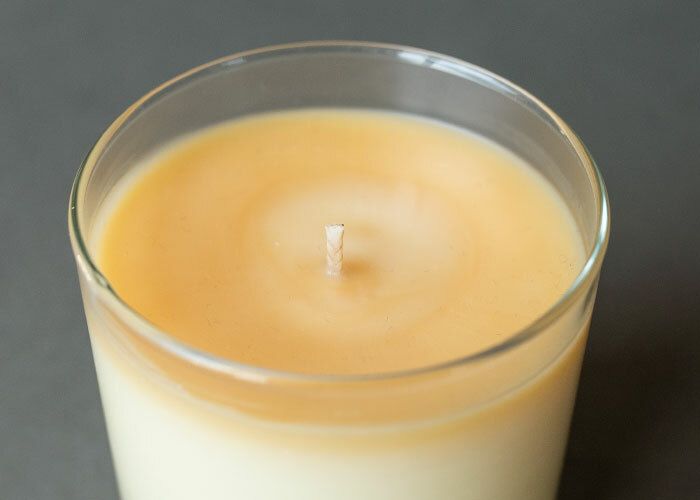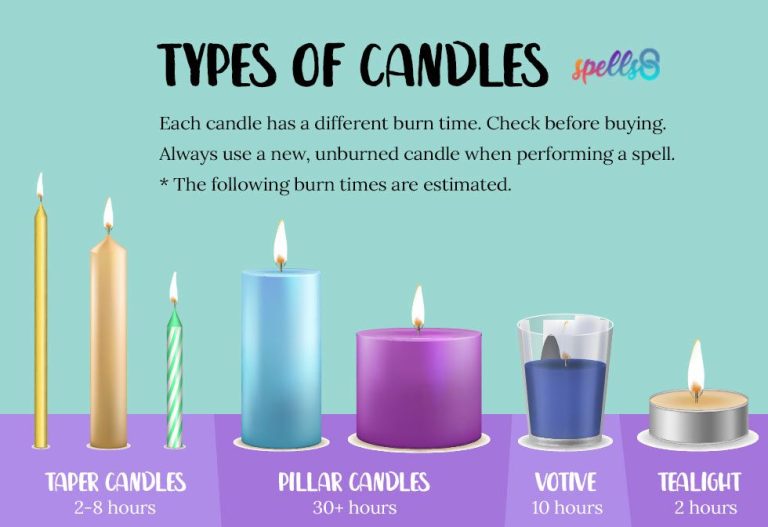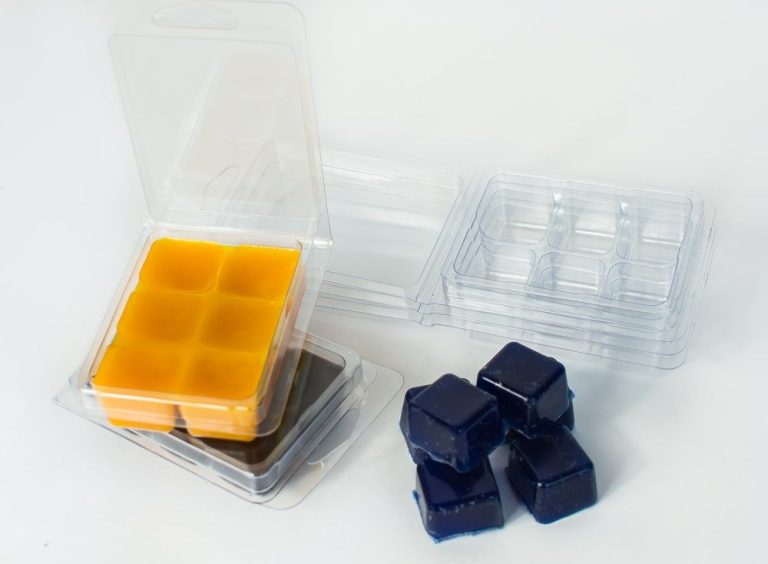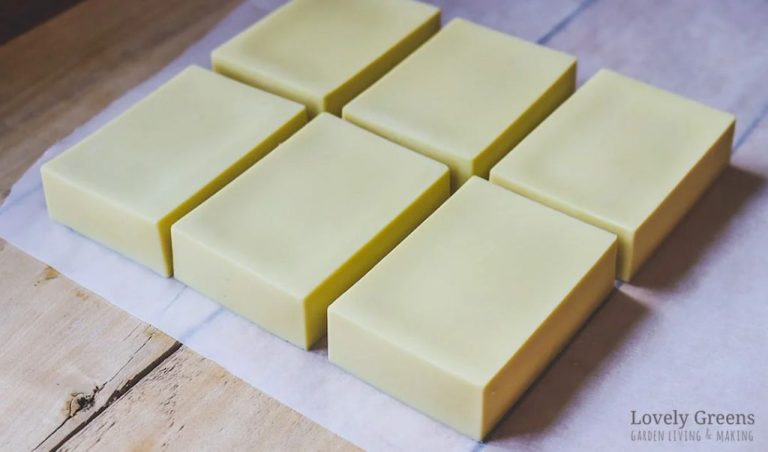What Is The Ratio Of Oil To Wax Melt?
Candlemaking dates back thousands of years, with the earliest candles being made from animal fats and beeswax as early as 3,000 BC in Egypt and Crete (History of candle making). Candles were a vital source of light and warmth for ancient civilizations, used both practically and ceremonially.
The basic ingredients in candlemaking are wax, fuel, and a wick. Wax gives structure to the candle and allows the fuel and fragrance to be held. Common waxes used today include paraffin, soy, beeswax, and palm. The fuel source is typically oil, which burns and releases fragrance. The wick draws the fuel up through capillary action so that the candle can burn. Choosing the right ratio of oil to wax is crucial for getting a well-balanced candle.
In this article, we’ll explore oil to wax ratios in detail – how to calculate the perfect ratio for your needs, tips for choosing oils and waxes, and troubleshooting tips.
Wax Types
The main types of wax used in candle making are paraffin, soy, beeswax, and other natural waxes like coconut and palm wax. Each type has its own properties and benefits.
Paraffin wax is derived from petroleum and is the most commonly used candle wax. It is inexpensive, burns cleanly, and can hold fragrances well. However, some find the source of paraffin wax concerning and prefer natural waxes. Paraffin also tends to release more soot as it burns compared to soy and beeswax (Martha Stewart).
Soy wax is made from hydrogenated soybean oil. It is a renewable and natural wax. Soy candles burn slower and cooler than paraffin, so the scent throw may not be as strong. Soy is also prone to frosting. However, soy wax is biodegradable and many prefer its natural source over paraffin (Archipelago).
Beeswax is completely natural wax made by honey bees. Beeswax candles have a lovely natural honey aroma when burning. Beeswax is compatible with essential oils and offers excellent scent throw. However, beeswax is expensive and can be prone to drips and bending in warm environments (Candle Science).
Other natural waxes like coconut and palm wax are also sometimes used in candle making. Coconut wax comes from the oils in coconut meat. It offers excellent scent throw and a clean burn. Palm wax comes from palm oil and provides stability to soy or beeswax blends (Candle Science).
Oil Types
There are several different types of oils that can be used to make candles, each with their own properties and benefits.
Paraffin Oil
Paraffin wax is a byproduct of petroleum refining. It is the most commonly used candle wax due to its low cost and excellent burn properties. Paraffin wax candles burn slowly, evenly, and leave little residue. However, paraffin wax produces more soot than other waxes and is not environmentally friendly. Paraffin also has a low melting point, so candles made solely with this wax have a tendency to melt in warm environments.
Vegetable Oil
Vegetable oil-based waxes, like soy, palm, and coconut, are made from renewable resources. They burn cleaner than paraffin with less soot. Vegetable wax candles have a natural fragrance and glossy finish. However, vegetable waxes are softer than paraffin, so the candles tend to burn more quickly. The waxes also have a lower melting point, making the candles prone to bending and distortion in warm temperatures.
Essential Oil
Essential oils are highly concentrated oils extracted from plants. They contain the natural fragrances and aromatic compounds of the source material. When added to candles, essential oils provide therapeutic aromatherapy benefits. Popular essential oils used in candles include lavender, eucalyptus, tea tree, lemon, and peppermint. Since they are potent, only a small amount of essential oil is needed. Too much oil can cause the candle to smoke or the fragrance to be overpowering.
Recommended Oil to Wax Ratios
The oil to wax ratio can vary based on the type of candle you are making. Here are some typical ratios:
For soy candles, a common ratio is 6-10% fragrance oil to wax. According to Scandinavian Candle, using 5-10% fragrance oil in soy wax gives a good scent throw without negatively affecting burn quality.

Paraffin wax candles often use a higher oil ratio, around 10-15% fragrance to wax. The maximum recommended is 18% according to Supplies for Candles UK.
For beeswax candles, a ratio of 3-6% essential oil to wax is typical. Beeswax is very aromatic on its own so less fragrance oil is needed.
In general, increasing the oil ratio strengthens scent throw but can increase scent burn-off and affect burn quality at higher levels. Testing different ratios to find the optimal balance for each candle type and fragrance oil is recommended.
Calculating Oil to Wax Ratios
The oil to wax ratio can be calculated by either weight or volume. Calculating by weight is more accurate and therefore recommended. To calculate the ratio by weight:
- Weigh the wax in grams.
- Determine the desired percentage of oil.
- Multiply the wax weight by the desired percentage. This gives the oil weight.
For example, if you have 500g of wax and want a 10% oil ratio, multiply 500g by 0.10 to get 50g of oil.
To calculate by volume, determine the volume of wax in fluid ounces. Multiply this by the desired percentage to get the oil volume. For example, for 16oz wax and a 10% ratio, 16 * 0.10 = 1.6oz oil.
Weight measurements are more precise since wax density can vary. Oil percentages typically range from 6-15% for paraffin or soy candles.
Choosing Oils and Waxes
When choosing oils and waxes for candle making, there are several factors to consider including intended use, budget, and personal preference. Some of the most common types of waxes used in candle making include:
Paraffin wax – This petroleum-based wax is affordable, widely available, and easy to work with. It makes an excellent choice for container candles. However, some avoid paraffin due to potential health concerns when burned (Choosing the Right Candle Wax For Making Candles).
Beeswax – Made by honey bees, natural beeswax has a lovely honey aroma. Beeswax is preferred for pillar candles and votives. It can be more expensive than other waxes (The Ultimate Guide To Choosing The Perfect Candle Wax).
Soy wax – This renewable and environmentally-friendly wax is made from soybeans. It’s easy to work with and blends well with essential oils. Soy wax makes a good choice for container candles.
Palm wax – Derived from palm oil, palm wax offers excellent scent throw and a smooth finish. It can be blended with other waxes. Palm wax works well for pillars and votives.
When budget is a top concern, paraffin or soy wax offer affordable options. For those wanting natural waxes, beeswax and soy wax make good choices. Testing different wax blends can help achieve the desired burn properties and finish.
Testing and Adjusting Ratios
It is important to test your candle wax and oil ratios before mass production. Testing allows you to ensure proper fragrance dispersion and an ideal burn time for the candle. There are a few key signs to look for when testing ratios that may indicate a need for adjustment:
If the candle has an overpowering or inconsistent smell, there may be too much fragrance oil in the ratio. According to Village Craft and Candle, fragrance loads between 5-6% are usually safe starting points.
Testing can also identify poor wax adhesion, wet spots, frosting, tunneling, or an overly short or long burn time. These issues signal that the wax to oil ratio may need to be rebalanced for an optimal blend. As noted by Scandinavian Candle, ratios between 5-10% are common for soy wax.
Making small test batches allows you to fine-tune the ratios before mass production. Keep adjusting and testing until the candle has an even, consistent scent and clean burn.
Storing Candles
Properly storing finished candles is essential to maintain their quality and prevent issues like oil separation. According to this source, candles should be stored in a cool, dry area away from direct sunlight and heat. Ideal storage temperatures are between 60-75°F. Storing candles in environments that are too hot can cause the wax to soften and oils to separate from the wax. The candles may also lose fragrance.
Candles should be allowed to cure and harden completely before storing, which can take 1-2 weeks. Storing candles too soon can also lead to oil separation. According to this post, it’s best to store candles standing upright if in containers versus lying flat. This helps prevent oil pooling at the top or bottom. Shelves designed for candle storage often have small lips to keep candles upright.
Proper storage will help maintain the quality and appearance of finished candles. Allowing adequate cure time and storing in a climate controlled area away from heat and light are key factors for preventing issues like fragrance loss and oil separation.
Troubleshooting
Making homemade candles requires properly balancing the wax and oil ratios. However, some common issues can occur if the ratios are off:
- Too much oil – This can make the candle sticky or oily and prevent it from hardening properly. It can also lead to soot or smoke issues when burning the candle.
- Too little oil – Without enough fragrance oil, the candle may not smell strong enough or the scent may not throw well.
- Wax too soft – Using the wrong wax or adding too much oil can make the wax too soft to hold its shape well.
- Wax too hard – Wax that is too firm may not burn cleanly or pool properly.
- Scent not dispersing – An improper wax-to-oil ratio can prevent fragrance from being released evenly when the candle is lit.
To troubleshoot, first double check your measurements and calculations to ensure the proper ratios were followed. Start testing with a 6-10% fragrance load and adjust up or down in increments of 1-2% as needed. Make sure to test each new batch before proceeding. Selecting the right wax for the oils used and allowing enough cure time can also help candles harden and burn correctly. Keep good notes on your formulations so ratios can be tweaked and replicated for future batches.
Refer to manufacturer recommendations for wax and oil ratios when available. Proper testing and documentation is key to creating great smelling candles with the desired look, feel, and burn characteristics.
Conclusion
When making candles, the ratio of oils to waxes is a crucial factor that determines the final properties of your candle. As we’ve discussed, typical oil to wax ratios range from 10-20% oil, with most falling around 15%. Higher oil ratios create softer, more flexible candles, while lower ratios make harder, longer-burning candles. However, excessive oil can prevent proper setting, just as minimal oil can lead to brittle candles.
Choosing the right mix of wax and oils for your climate, desired burn properties, jar shape, and more will take some experimentation. Start with a standard 15% oil blend, then adjust up or down until you find your ideal ratio. Record your measurements each time to replicate successes. With some thoughtful testing and tweaking, you’ll be able to create customized candle blends with your preferred performance.
The oil and wax ratio is just one piece of the candlemaking process, but it’s a fundamental one. By mastering this ratio and how to balance oils and waxes, you’ll be well on your way to crafting stunning, long-lasting, and fragrant candles.






